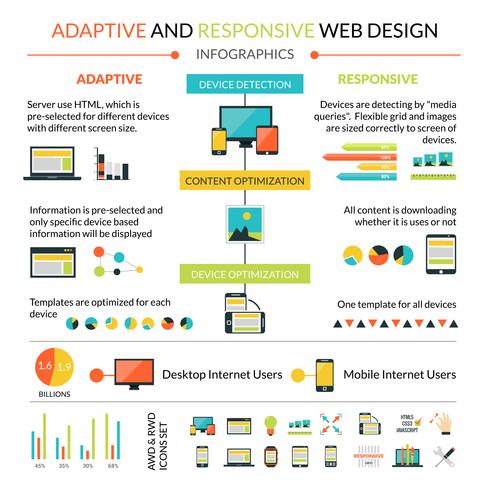Interested In Learning Just How Site Layout Has Advanced? Discover The Journey From Simple Styles To User-Centric Methods
Interested In Learning Just How Site Layout Has Advanced? Discover The Journey From Simple Styles To User-Centric Methods
Blog Article
Author-Asmussen Bowles
In the past, sites were straightforward and concentrated on details. Navigating was straight, and style was for desktops. Currently, user experience is vital. Data guides styles for very easy navigating. Responsive layouts match various gadgets. Today, dark setting minimizes stress, and minimal menus enhance navigating. Interactive features engage individuals, and vibrant visuals attract attention. AI combination boosts involvement. See how design has progressed to boost your on-line journey.
Early Days of Web Design
In the early days of web design, simpleness reigned supreme. Internet sites were basic, with restricted shades, fonts, and formats. https://jeffreynsxcg.vblogetin.com/35442399/prepared-to-raise-your-electronic-profile-learn-innovative-web-design-strategies-that-will-change-your-internet-site-right-into-a-powerhouse was on offering details as opposed to showy visuals. Customers accessed the net with sluggish dial-up links, so rate and performance were crucial.
Navigation food selections were straightforward, commonly located on top or side of the web page. search engine optimization packages were designed for computer, as mobile browsing had not been yet widespread. Content was king, and developers focused on easy readability over complex style aspects.
HTML was the main coding language made use of, and designers needed to work within its restrictions. Animations and interactive features were marginal contrasted to today's requirements. Sites were fixed, with little dynamic content or customized customer experiences.
Increase of User-Focused Style
With the development of site design, a change towards user-focused layout principles has ended up being increasingly popular. Today, developing web sites that focus on customer experience is crucial for engaging visitors and accomplishing organization objectives. User-focused layout involves recognizing the requirements, choices, and behaviors of your target market to customize the internet site's format, material, and features as necessary.
Developers now conduct complete research study, such as individual surveys and usability testing, to collect insights and comments straight from customers. This data-driven method helps in creating instinctive navigation, clear calls-to-action, and aesthetically appealing user interfaces that reverberate with visitors. By putting the user at the facility of the design process, internet sites can deliver a more customized and enjoyable experience.
Receptive layout has also emerged as a key element of user-focused style, ensuring that websites are optimized for different tools and screen dimensions. This flexibility improves access and usability, catering to the diverse ways users interact with sites today. Fundamentally, the increase of user-focused style represents a shift towards developing electronic experiences that prioritize the demands and expectations of completion user.
Modern Trends in Web Design
Discover the most up to date patterns shaping web design today. One noticeable pattern is dark mode design, providing a sleek and contemporary appearance while lowering eye pressure in low-light environments. Another crucial trend is minimal navigating, streamlining food selections and enhancing individual experience by concentrating on essential elements. Integrating micro-interactions, such as computer animated buttons or scrolling results, can produce an extra engaging and interactive site. Responsive style stays important, making certain seamless user experiences throughout various tools. In addition, utilizing strong typography and asymmetrical designs can add visual passion and draw attention to details material.
Integrating AI technology, like chatbots for client assistance or customized referrals, boosts individual engagement and simplifies processes. Accessibility has likewise come to be a significant trend, with designers focusing on comprehensive design techniques to cater to varied customer demands. Welcoming sustainability by optimizing internet site efficiency for rate and effectiveness is an additional arising pattern in web design. Teaming up with individual feedback and data analytics to repeat and boost layout continually is important for remaining pertinent in the ever-evolving electronic landscape. By accepting these modern-day patterns, you can produce an aesthetically appealing, straightforward internet site that resonates with your target market.
Conclusion
As you assess the development of web site design from the very early days to currently, you can see exactly how user-focused design has actually come to be the driving pressure behind contemporary patterns.
Accept the trip of modification and adjustment in website design, always keeping the individual experience at the leading edge.
Stay present with the most recent patterns and innovations, and never quit developing your method to develop aesthetically magnificent and user-friendly internet sites.
Advance, adjust, and develop - the future of website design remains in your hands.
